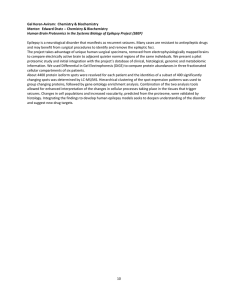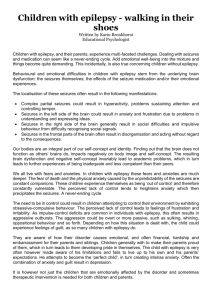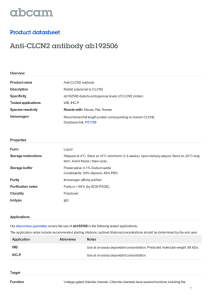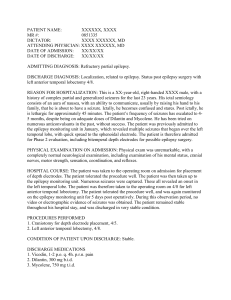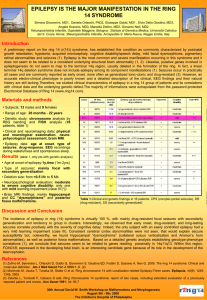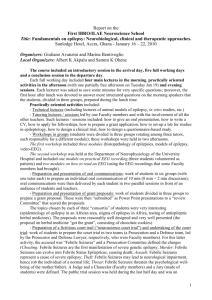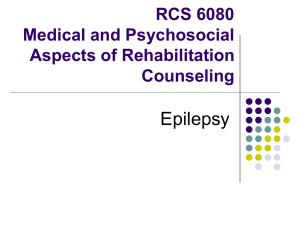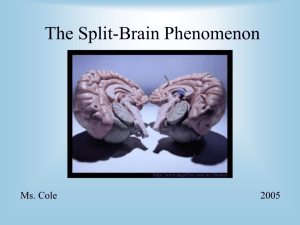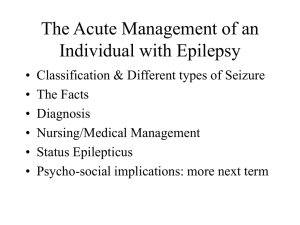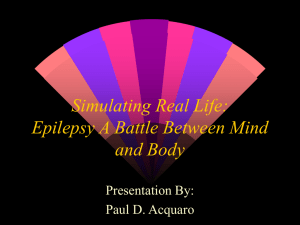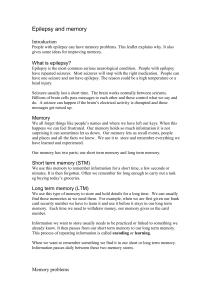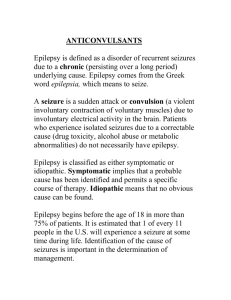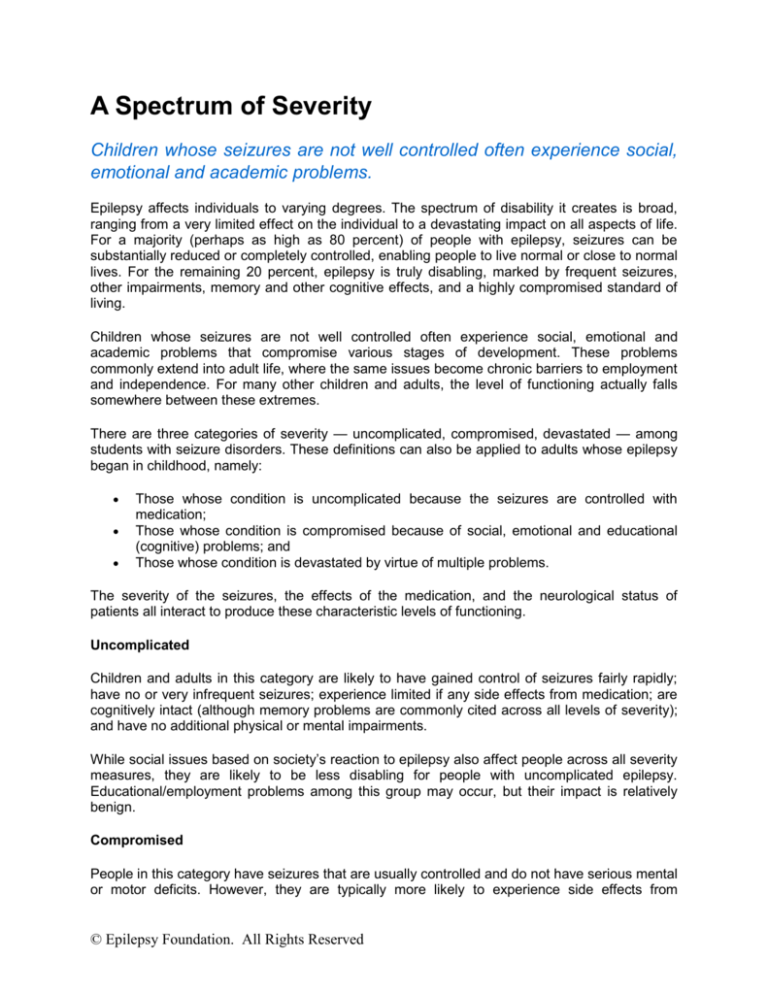
A Spectrum of Severity
Children whose seizures are not well controlled often experience social,
emotional and academic problems.
Epilepsy affects individuals to varying degrees. The spectrum of disability it creates is broad,
ranging from a very limited effect on the individual to a devastating impact on all aspects of life.
For a majority (perhaps as high as 80 percent) of people with epilepsy, seizures can be
substantially reduced or completely controlled, enabling people to live normal or close to normal
lives. For the remaining 20 percent, epilepsy is truly disabling, marked by frequent seizures,
other impairments, memory and other cognitive effects, and a highly compromised standard of
living.
Children whose seizures are not well controlled often experience social, emotional and
academic problems that compromise various stages of development. These problems
commonly extend into adult life, where the same issues become chronic barriers to employment
and independence. For many other children and adults, the level of functioning actually falls
somewhere between these extremes.
There are three categories of severity — uncomplicated, compromised, devastated — among
students with seizure disorders. These definitions can also be applied to adults whose epilepsy
began in childhood, namely:
Those whose condition is uncomplicated because the seizures are controlled with
medication;
Those whose condition is compromised because of social, emotional and educational
(cognitive) problems; and
Those whose condition is devastated by virtue of multiple problems.
The severity of the seizures, the effects of the medication, and the neurological status of
patients all interact to produce these characteristic levels of functioning.
Uncomplicated
Children and adults in this category are likely to have gained control of seizures fairly rapidly;
have no or very infrequent seizures; experience limited if any side effects from medication; are
cognitively intact (although memory problems are commonly cited across all levels of severity);
and have no additional physical or mental impairments.
While social issues based on society’s reaction to epilepsy also affect people across all severity
measures, they are likely to be less disabling for people with uncomplicated epilepsy.
Educational/employment problems among this group may occur, but their impact is relatively
benign.
Compromised
People in this category have seizures that are usually controlled and do not have serious mental
or motor deficits. However, they are typically more likely to experience side effects from
© Epilepsy Foundation. All Rights Reserved
medication; they take higher doses to maintain control; and they are likely to experience a
greater level of social, emotional, and educational/employment problems.
Devastated
Children and adults whose lives are devastated by epilepsy are likely to have epilepsy as a
result of brain disease or injury that also impairs learning, memory, attention, and motor and
emotional function. Their seizures probably started early in life and may never have been
controlled despite the use of multiple medications and combinations of medications. They are
likely to be heavily medicated; they may experience some retardation or slowing; have difficulty
in maintaining family support and social relationships; require help in everyday living; and may
be more susceptible to bouts of continuous seizure activity (flurries) and status epilepticus.
People of all ages in this category have a lifelong need for services and are substantially limited
in their ability to function independently.
The risk of seizure-related deaths is increased among people with poor seizure control and
other neurological problems; sudden unexplained death occurs across all three groups.
© Epilepsy Foundation. All Rights Reserved

